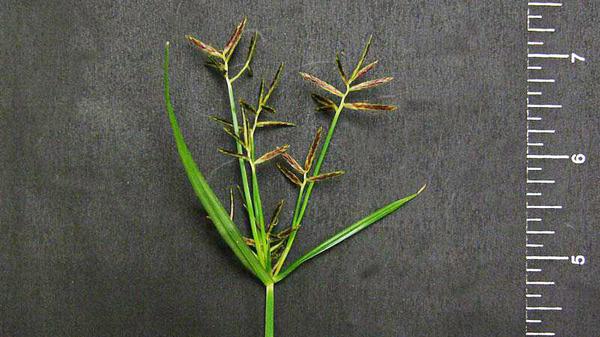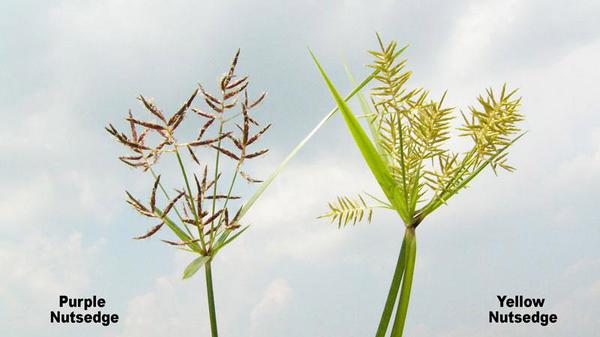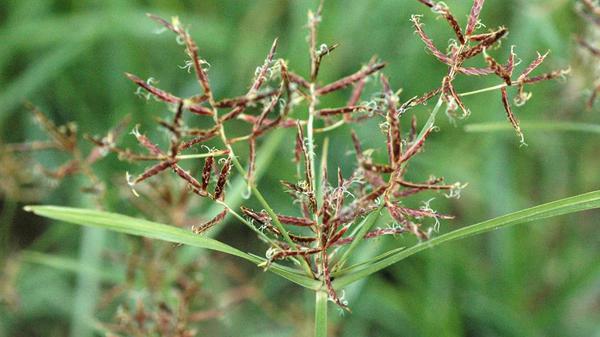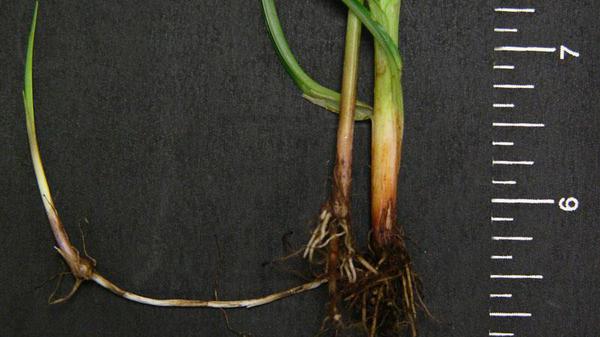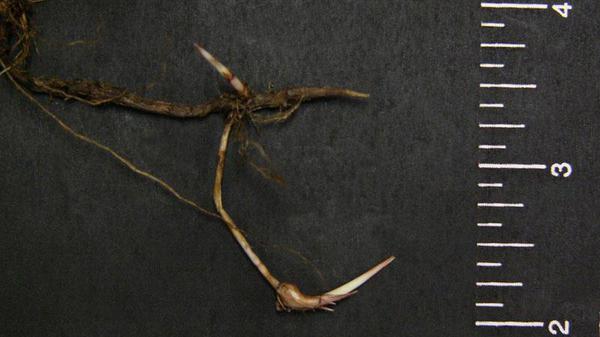Purple Nutsedge
en Español / em Português
El inglés es el idioma de control de esta página. En la medida en que haya algún conflicto entre la traducción al inglés y la traducción, el inglés prevalece.
Al hacer clic en el enlace de traducción se activa un servicio de traducción gratuito para convertir la página al español. Al igual que con cualquier traducción por Internet, la conversión no es sensible al contexto y puede que no traduzca el texto en su significado original. NC State Extension no garantiza la exactitud del texto traducido. Por favor, tenga en cuenta que algunas aplicaciones y/o servicios pueden no funcionar como se espera cuando se traducen.
Português
Inglês é o idioma de controle desta página. Na medida que haja algum conflito entre o texto original em Inglês e a tradução, o Inglês prevalece.
Ao clicar no link de tradução, um serviço gratuito de tradução será ativado para converter a página para o Português. Como em qualquer tradução pela internet, a conversão não é sensivel ao contexto e pode não ocorrer a tradução para o significado orginal. O serviço de Extensão da Carolina do Norte (NC State Extension) não garante a exatidão do texto traduzido. Por favor, observe que algumas funções ou serviços podem não funcionar como esperado após a tradução.
English
English is the controlling language of this page. To the extent there is any conflict between the English text and the translation, English controls.
Clicking on the translation link activates a free translation service to convert the page to Spanish. As with any Internet translation, the conversion is not context-sensitive and may not translate the text to its original meaning. NC State Extension does not guarantee the accuracy of the translated text. Please note that some applications and/or services may not function as expected when translated.
Collapse ▲Description
Purple nutsedge (Cyperus rotundus) is a native of India and is widely distributed in temperate and tropical regions of the world and is not as cold tolerant as yellow nutsedge. This weed tends to be more of a problem in warm-season turf. As with yellow nutsedge, purple nutsedge is a perennial that produces tubers on rhizomes. However, there are several ways the species can be distinguished from each other. Purple nutsedge produces tubers in chains connected by rhizomes, whereas yellow nutsedge only produces tubers at the tips of rhizomes. Purple nutsedge tends to have darker green leaves and produces a characteristic reddish-purple seedhead. The leaf tips of purple nutsedge tend to be blunter than those of yellow. This species is much more difficult to control than yellow nutsedge, so proper identification is important.
Cultural Control
It is important to properly distinguish sedges from grasses because management is totally different. Sedges are plants that thrive in wet or poorly drained soils but can survive in areas that are not wet. Because of frequent irrigation in highly maintained turf, sedges often thrive in the turfgrass environment. Sedges often become established in wet areas and spread to other areas that are not poorly drained or wet areas. Therefore, it is important to recognize areas where sedges can become established and prevent spread of these sedge species to other areas of the golf course or landscape.
Species Data
- Growth Season / Life Cycle
- perennial weed
- Seed Arrangement on Spikes
- Seedhead Spikelet Shape
- flattened
- Tuber Type



